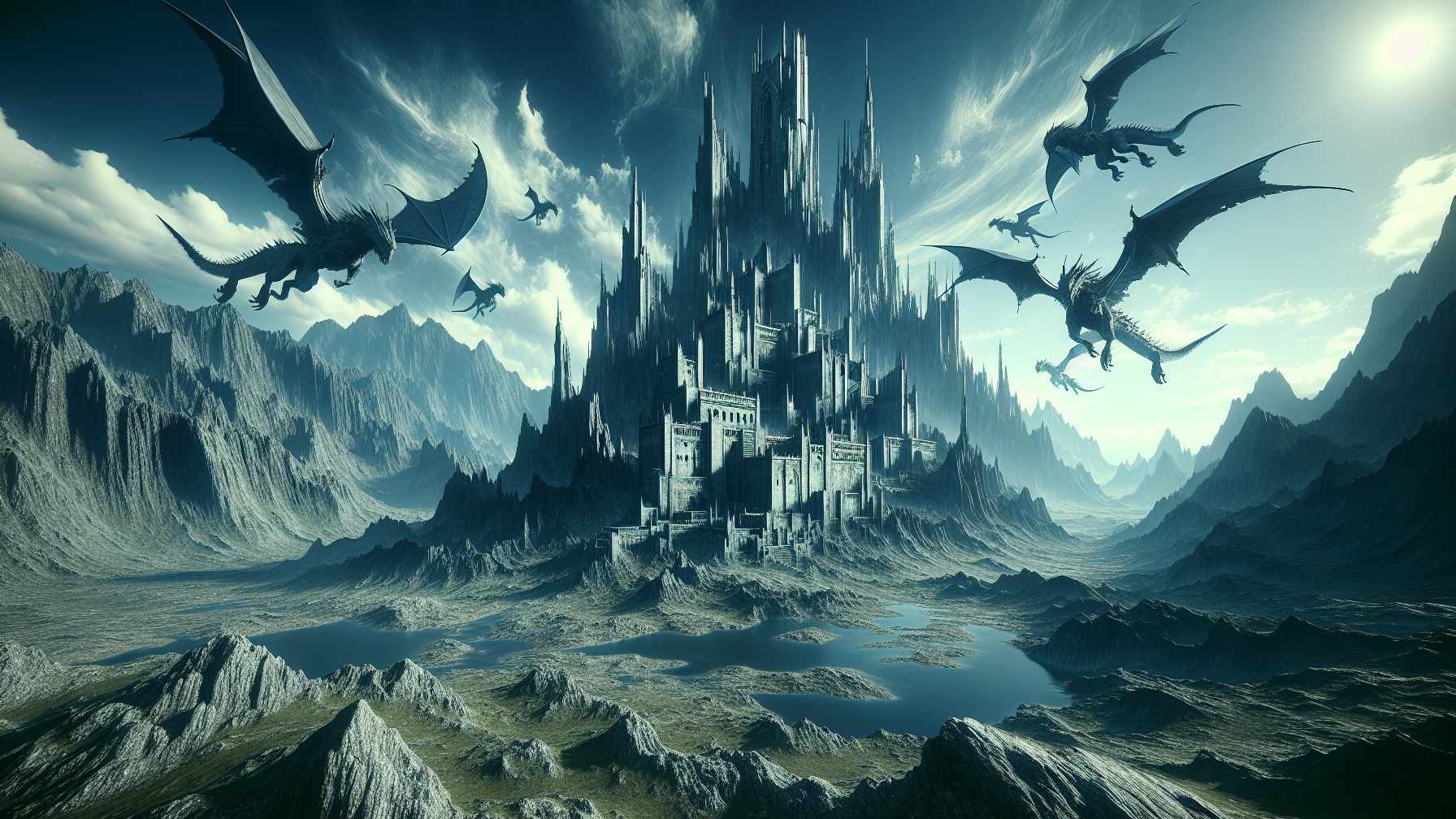The integration of AI into visual novel creation has revolutionized how storytellers bring their narratives to life, making the process accessible to creators without technical or artistic backgrounds. Learning how to write a visual novel with AI assistance can transform months of development into mere days, allowing writers to focus on crafting compelling stories while automation handles the technical aspects.
Key Takeaways:
- Production timelines have been reduced from months to days with AI tools
- No-coding platforms make visual novel creation accessible to writers without technical skills
- AI tools can generate consistent character art and backgrounds without artistic expertise
- Visual novel AI systems help manage complex branching narratives more efficiently
- New monetization strategies are emerging specifically for AI-created content
The AI Revolution in Visual Novel Creation
The landscape of visual novel development has been fundamentally transformed by artificial intelligence. According to recent industry data, approximately 70% of indie creators now incorporate AI tools into their development process. This shift has democratized the medium, making what was once a technically demanding art form accessible to almost anyone with a story to tell.
Learning how to write a visual novel script used to require months of development time and a team of specialists. Now, with AI visual novel generators like Rosebud AI and image creation tools like Stable Diffusion, a single creator can produce a complete visual novel in days rather than months. These time-saving technologies have eliminated many traditional barriers to entry, particularly for writers without programming or artistic skills.
The cost implications are equally significant. Before AI integration, creators needed to hire artists, programmers, and sometimes voice actors – an investment that could run into thousands of dollars. Today’s ai visual novel maker platforms have reduced these expenses dramatically, allowing creators to allocate resources to marketing or platform fees instead of production costs.
Essential AI Tools for Your Visual Novel Toolkit
Creating a compelling visual novel with AI requires a suite of specialized tools. For character generation, platforms like Rosebud AI and Artbreeder have become indispensable resources for creators without artistic training. These tools allow you to generate diverse characters with consistent visual styles across multiple poses and expressions – a crucial element when considering how to write a visual novel that feels cohesive.
For narrative development, tools like PageOn.ai offer sophisticated analysis of plot structures and can help optimize storylines for maximum emotional impact. These AI assistants can identify pacing issues, suggest plot twists, and even help develop character arcs that resonate with readers.
The visual aspect of visual novel creation has been revolutionized by:
- Stable Diffusion with Dreambooth for generating consistent art styles
- Background creators that can maintain thematic coherence
- Character pose generators that work from simple text descriptions
- Expression editors that can convey subtle emotional states
Interactive mechanics, the backbone of any visual novel, are handled by platforms like Depthtale’s tree-view editor. This visual novel ai technology makes creating complex choice systems intuitive, allowing writers to focus on narrative consequences rather than programming logic. The ability to visualize branching storylines has made creating interactive narratives much more approachable for new creators.
From Concept to Playable Story: The Creation Process
The journey of creating an interactive story with AI begins with storyboarding. NovelAI’s ATTG (Attention-Guided Text Generation) method has emerged as a popular approach for developing narratives with AI guidance. This process involves feeding the AI system your core concept and allowing it to suggest potential plot developments, character interactions, and narrative branches.
Asset generation workflows have been streamlined through the use of specialized templates. When using an ai visual novel generator, you’ll typically follow this process:
- Create character design briefs with consistent visual attributes
- Generate character sprites in multiple poses and expressions
- Develop backgrounds that match your narrative settings
- Produce UI elements that complement your visual style
Dialogue writing has been dramatically enhanced through AI assistance. Tools that analyze character voices and personality traits can help ensure consistency across lengthy narratives. This is particularly valuable when learning how to write a visual novel script that maintains distinct character voices throughout branching storylines.
The integration of voice acting has become more accessible through text-to-speech technologies like ElevenLabs, which can generate surprisingly natural character voices. For those seeking more advanced visual effects, animation tools that work with FFmpeg can add subtle movements to otherwise static character sprites.
Solving Common Visual Novel Development Challenges
One of the most persistent challenges in visual novel development is maintaining art style consistency across hundreds of assets. Dreambooth-fine-tuned models have emerged as the leading solution, allowing creators to train AI on their preferred style and then generate unlimited assets with consistent visual attributes.
Crafting compelling dialogue remains central to how to write a visual novel script that engages players. AI systems now offer prompt techniques specifically designed for dialogue generation, including:
- Character voice definition tools
- Emotional response generators
- Dialogue refinement systems that maintain consistency
- Translation and localization assistants
Managing complex branching narratives has traditionally been one of the most technically demanding aspects of visual novel creation. Modern visual novel ai platforms now offer tree-view editors with analytics integration, allowing creators to visualize storyline branches and identify potential narrative dead-ends before they become problems.
Balancing player agency with narrative coherence represents another significant challenge. AI analytics tools can now track player decisions and help writers develop interactive stories that adapt to player preferences while maintaining narrative integrity.
Monetization Strategies for AI-Created Visual Novels
The economics of visual novel creation have been reshaped by AI technologies. Episodic publishing has emerged as a particularly effective model for AI-created content, allowing creators to release chapters on a regular schedule while gathering feedback to refine future releases.
Community engagement through template sharing has created new revenue streams for successful creators. Those who develop popular character styles or narrative structures can monetize these assets through marketplaces specifically designed for ai visual novel maker resources.
Subscription models have become viable even for individual creators thanks to the reduced production costs associated with AI-generated content. By promising regular content updates, creators can establish stable revenue streams that support continued development.
Analytics-driven content planning represents perhaps the most sophisticated approach to monetization. By analyzing player choices and engagement patterns, creators can identify the most compelling narrative elements and prioritize development resources accordingly.
The Horizon: Emerging Trends in AI Visual Novels
The future of visual novel ai technology appears to be moving toward hybrid formats. 3D/2D hybrid visual novels are becoming increasingly accessible to indie creators, with AI systems capable of generating 3D environments that complement traditional 2D character sprites.
Real-time story generation represents another frontier technology, with systems capable of adapting narratives based on player choices during gameplay rather than following pre-written branches. This approach promises unprecedented levels of personalization in interactive storytelling.
Multiplayer and collaborative storytelling possibilities are emerging as AI systems become capable of managing multiple user inputs simultaneously. These technologies could transform visual novels from solitary experiences into social ones, with stories that evolve based on collective decisions.
Cross-platform development has been simplified through unified asset pipelines that generate appropriately formatted content for multiple platforms simultaneously. This has made it possible for indie creators to reach wider audiences without multiplying their development workload.
Learning From Success: Case Studies and Examples
“Evenings Embrace,” developed on Rosebud AI, has emerged as a template for success in narrative-focused visual novels. This project demonstrated how AI-generated assets could support rather than distract from sophisticated storytelling, establishing a workflow that many new creators have adapted.
Community-driven development techniques have proven particularly effective in the AI visual novel space. Successful creators regularly share their prompt engineering techniques and asset generation workflows, creating a collaborative environment that accelerates innovation.
The Depthtale ecosystem has become a hub for interactive storytelling innovations, with creators using AI as a co-author to develop increasingly complex narrative structures. The platform’s built-in analytics have enabled data-driven refinement of storytelling techniques.
Discord communities dedicated to ai visual novel generator technologies have emerged as invaluable resources for new creators. These groups offer practical workflow tips, prompt engineering advice, and technical support that can significantly accelerate the learning curve.
Practical First Steps for Your AI Visual Novel
For those ready to begin their first project, starting with templates can produce a playable prototype within hours rather than weeks. Most ai visual novel maker platforms offer starter templates that include basic character sets, backgrounds, and narrative structures that can be customized.
Mastering prompt engineering for character design represents perhaps the most important technical skill for new creators. Learning to write precise, detailed prompts that generate consistent characters across multiple poses and expressions will dramatically improve your final product.
Establishing feedback loops early through community platforms can help refine your project before major resources are invested. Many successful creators release limited demos to gather input on their narrative approach, character designs, and interactive elements.
Iteration remains key to success even with AI assistance. Plan to refine your AI-generated content through targeted prompt adjustments rather than accepting first-generation results. Each refinement cycle typically produces significant improvements in quality and consistency.
The most successful visual novels, regardless of how they’re created, prioritize story above all else. The greatest advantage of using an AI visual novel generator is that it handles technical aspects, allowing you to focus your creative energy on crafting a compelling narrative that will resonate with players.
AI has completely transformed visual novel creation, turning a months-long technical process into a days-long creative endeavor accessible to anyone with a story to tell. Writers without artistic or programming skills can now focus on crafting compelling narratives while AI handles character art, backgrounds, and complex branching storylines. This democratization has reduced both production time and costs dramatically, with approximately 70% of indie creators now incorporating AI tools into their development process.
The toolkit for AI-assisted visual novel creation includes character generators like Rosebud AI, narrative development tools like PageOn.ai, and specialized platforms for managing interactive storylines. These technologies maintain consistent art styles, generate natural dialogue, and help visualize complex narrative branches. New monetization strategies have emerged specifically for AI-created content, including episodic publishing and template sharing.
| Key Impact Areas | Benefits |
|---|---|
| Production Time | Reduced from months to days |
| Technical Requirements | No coding or artistic skills needed |
| Cost Efficiency | Dramatic reduction in development expenses |
| Creative Focus | Writers can concentrate on storytelling |
| Future Potential | Emerging trends in hybrid formats and real-time generation |



